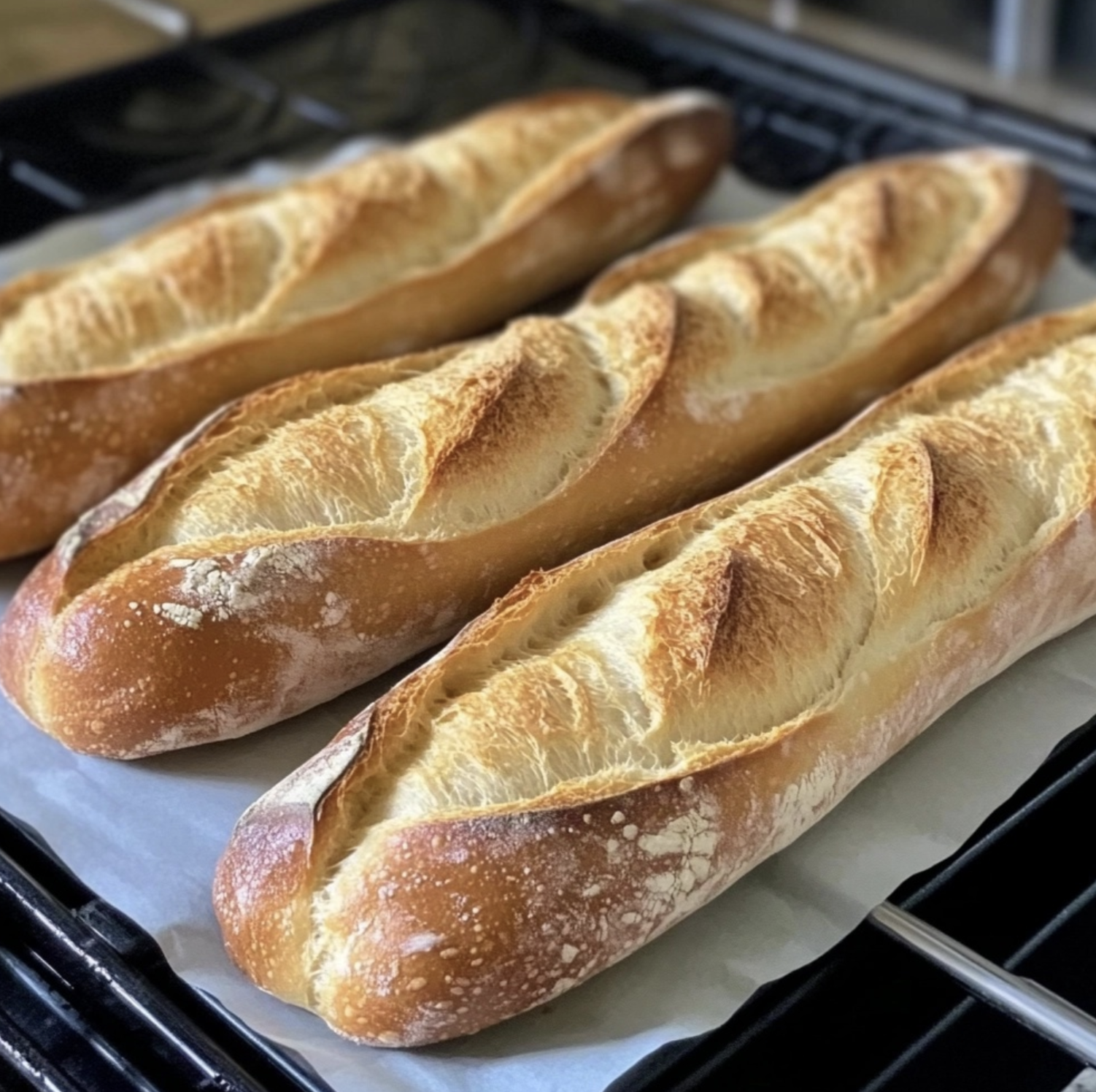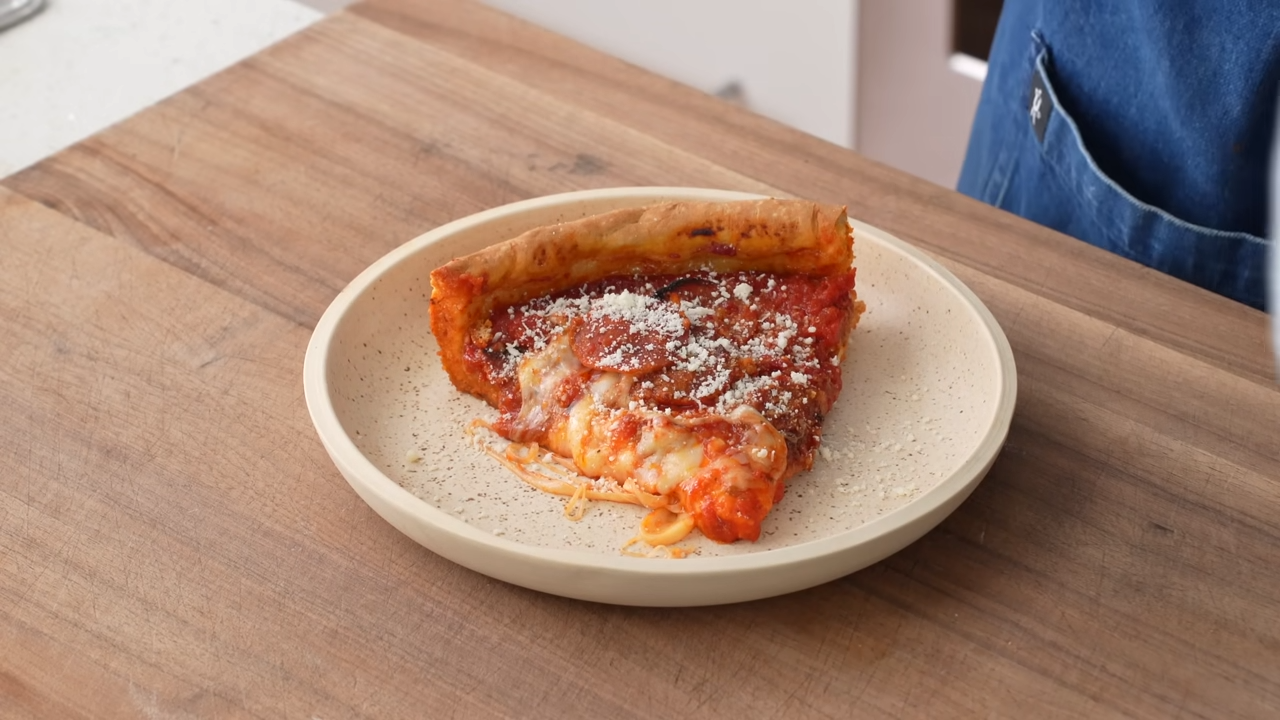Classic French Baguettes: A Step-by-Step Guide to Mastering the Art
Introduction
French baguettes are the epitome of artisanal bread. Crusty on the outside, soft and chewy on the inside, these classic loaves are a staple in French cuisine. While they may seem intimidating to make at home, with the right technique and a little practice, you can achieve bakery-quality baguettes in your own kitchen. In this article, we will guide you through the process of making classic French baguettes from scratch. So, roll up your sleeves, dust off your baking skills, and let’s get started!
Ingredients
Before diving into the steps, let’s gather the ingredients you’ll need:
For the Starter:
- 1/4 teaspoon active dry yeast
- 1/2 cup warm water
- 1 cup bread flour
For the Dough:
- 1 teaspoon active dry yeast
- 1 cup warm water
- 3 cups bread flour
- 2 teaspoons salt
Steps
Step 1: Prepare the Starter
In a small bowl, dissolve 1/4 teaspoon of active dry yeast in 1/2 cup of warm water. Let it sit for a few minutes until it becomes frothy. Add 1 cup of bread flour and mix until well combined. Cover the bowl with plastic wrap and let it ferment at room temperature for about 12-16 hours, or until it has doubled in size and is bubbly.
Step 2: Make the Dough
In a large mixing bowl, combine 1 teaspoon of active dry yeast with 1 cup of warm water. Let it sit for a few minutes until it becomes frothy. Add the fermented starter and mix well. Gradually add 3 cups of bread flour and 2 teaspoons of salt. Stir until the dough comes together.
Transfer the dough onto a lightly floured surface and knead for about 10 minutes, or until it becomes smooth and elastic. If the dough feels too sticky, add a little more flour, but be careful not to add too much, as it may result in a dense baguette.
Step 3: First Rise
Place the dough in a greased bowl, cover it with a clean kitchen towel or plastic wrap, and let it rise in a warm, draft-free area for about 1-2 hours, or until it has doubled in size.
Step 4: Shaping the Baguettes
Gently deflate the risen dough by pressing it down with your fingertips. Transfer the dough onto a lightly floured surface and divide it into three equal portions. Take one portion and flatten it into a rectangle. Fold the top third of the dough down towards the center and press it gently to seal. Fold the bottom third up towards the center and seal again. Roll the dough into a log shape, tapering the ends slightly. Repeat this process with the remaining portions of dough.
Step 5: Second Rise
Place the shaped baguettes onto a baking sheet lined with parchment paper or a baguette pan. Cover them loosely with a kitchen towel and let them rise for about 1-2 hours, or until they have doubled in size. Meanwhile, preheat your oven to 450°F (230°C) and place a baking stone or inverted baking sheet on the middle rack.
Step 6: Scoring and Baking
Using a sharp knife or a bread lame, make diagonal slashes along the surface of each baguette. This will allow the bread to expand properly during baking. Carefully transfer the baguettes onto the preheated baking stone or baking sheet. Bake for 20-25 minutes, or until the crust is golden brown and the loaves sound hollow when tapped on the bottom.
Variations
While the classic French baguette is a delight on its own, you can also experiment with different variations to add your own personal touch:
1. Whole Wheat Baguette
Replace 1 cup of bread flour with whole wheat flour to add a nutty flavor and a slightly denser texture to your baguettes.
2. Herbed Baguette
Add a tablespoon of dried herbs such as rosemary, thyme, or oregano to the dough during the mixing process for a fragrant and flavorful twist.
3. Cheese and Onion Baguette
Fold in grated cheese and sautéed onions into the dough before shaping the baguettes for a savory treat.
Tips
To help you achieve the perfect French baguette, here are some tips to keep in mind:
- Use bread flour: Bread flour has a higher protein content, which helps develop gluten, resulting in a chewier texture.
- Temperature matters: Ensure your water is warm, around 105-110°F (40-43°C), to activate the yeast. If the water is too hot, it can kill the yeast.
- Give it time: The longer fermentation and rising times contribute to the baguette’s flavor and texture, so be patient and allow the dough to rest and develop.
- Steam the oven: Place a pan of hot water on the bottom rack of your oven while baking the baguettes. The steam created will help create a crisp crust.
- Practice makes perfect: Don’t worry if your first few attempts aren’t perfect. Baguette-making is a skill that improves with practice, so keep trying!
Conclusion
Mastering the art of making classic French baguettes at home is a rewarding experience. From the moment you mix the dough to the aroma that fills your kitchen as the baguettes bake, the entire process is a labor of love. So, put your apron on, gather your ingredients, and embark on this culinary adventure. Before you know it, you’ll be savoring the taste of warm, freshly baked baguettes straight from your own oven.
FAQs
Q: Can I use instant yeast instead of active dry yeast?
A: Yes, you can substitute instant yeast for active dry yeast. However, keep in mind that instant yeast does not need to be dissolved in water before using, so adjust the steps accordingly.
Q: Can I freeze the baguettes?
A: Yes, you can freeze the baguettes once they have cooled completely. Wrap them tightly in plastic wrap or place them in a freezer bag. To enjoy them later, simply thaw at room temperature and reheat in a preheated oven for a few minutes to regain their crusty texture.
Q: What can I serve with French baguettes?
A: French baguettes are incredibly versatile and can accompany a wide range of dishes. They are perfect for sandwiches, soups, cheese platters, or simply enjoyed with butter and jam.
Now that you have all the knowledge and guidance to create your own classic French baguettes, it’s time to unleash your inner baker and start kneading. With a little practice, you’ll be able to impress your family and friends with your homemade baguettes that rival those from a French bakery. Bon appétit!







